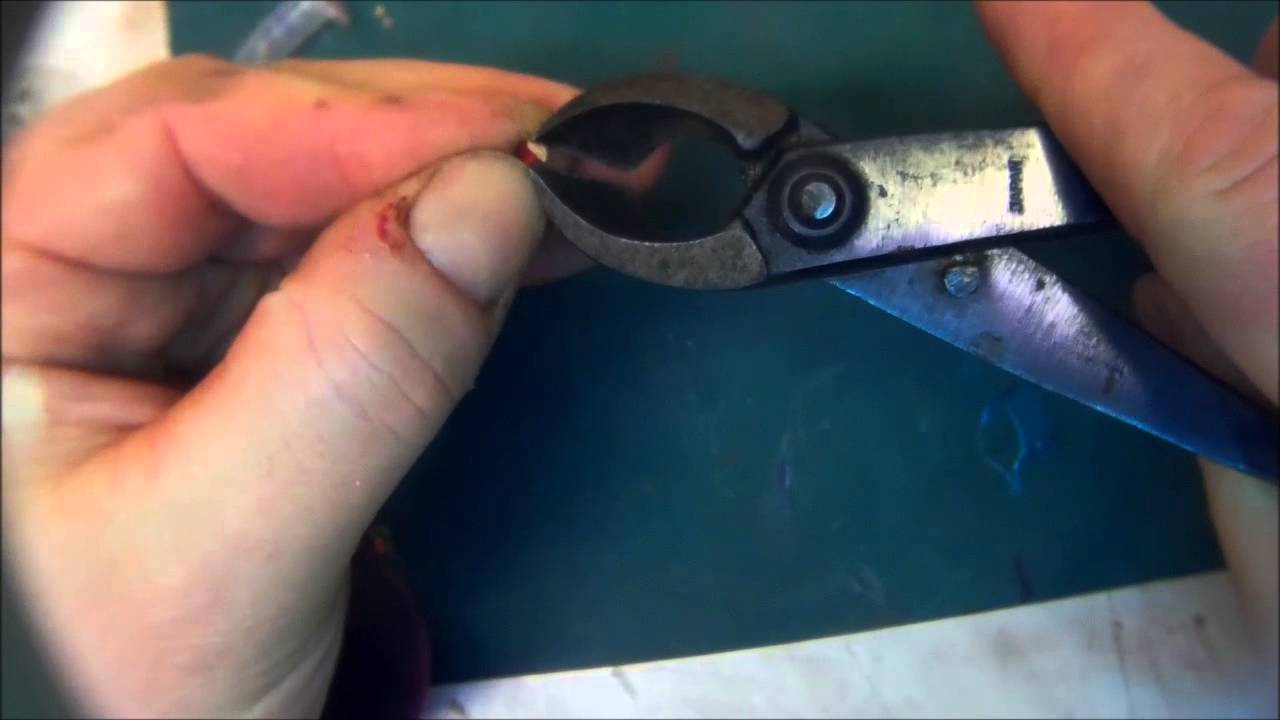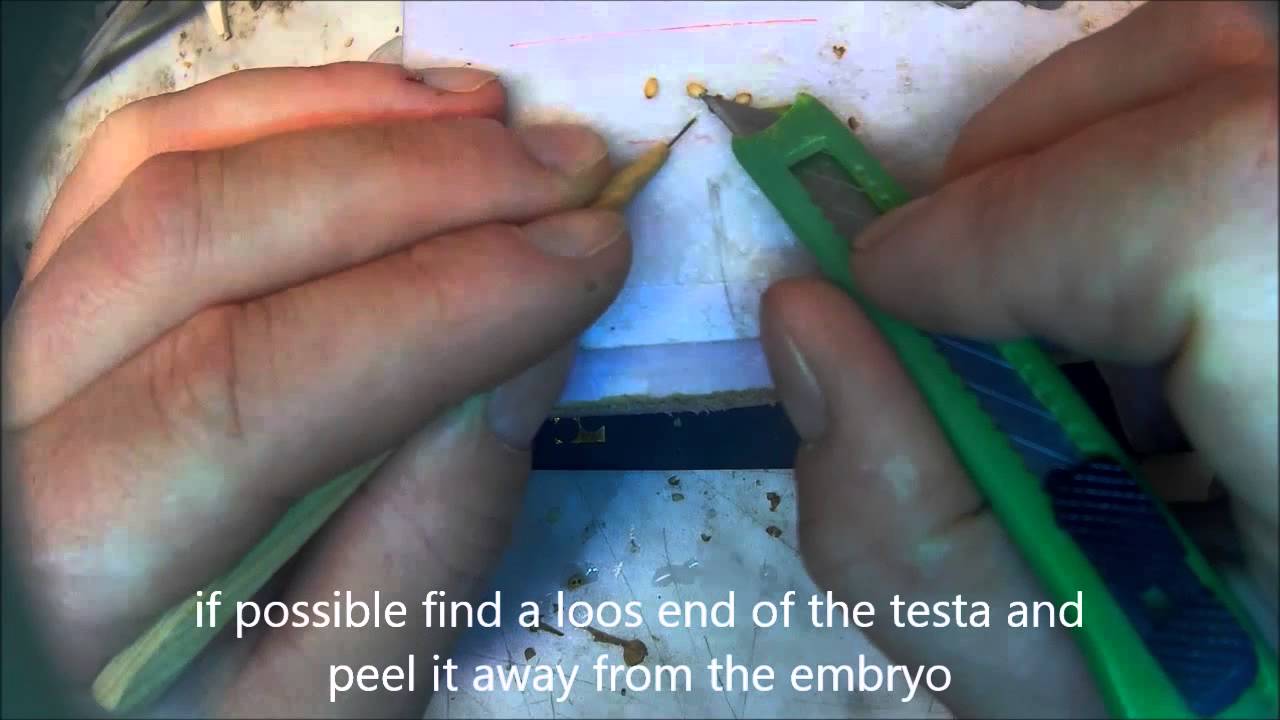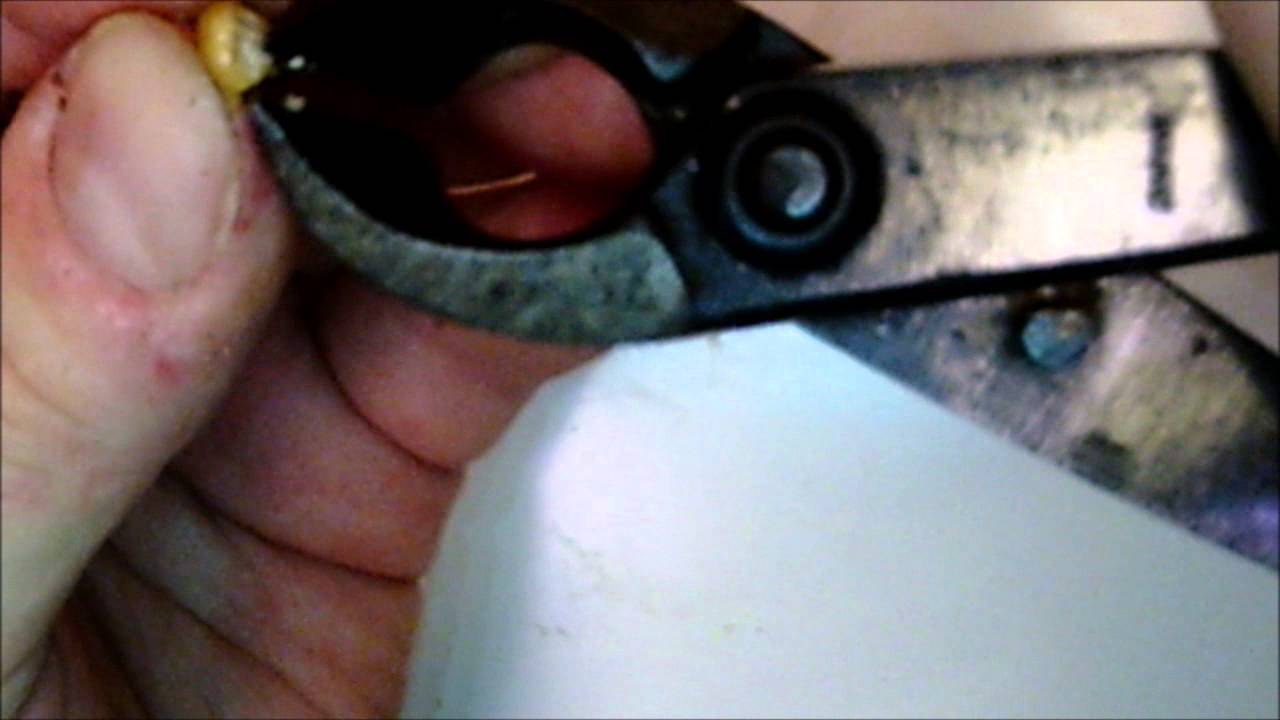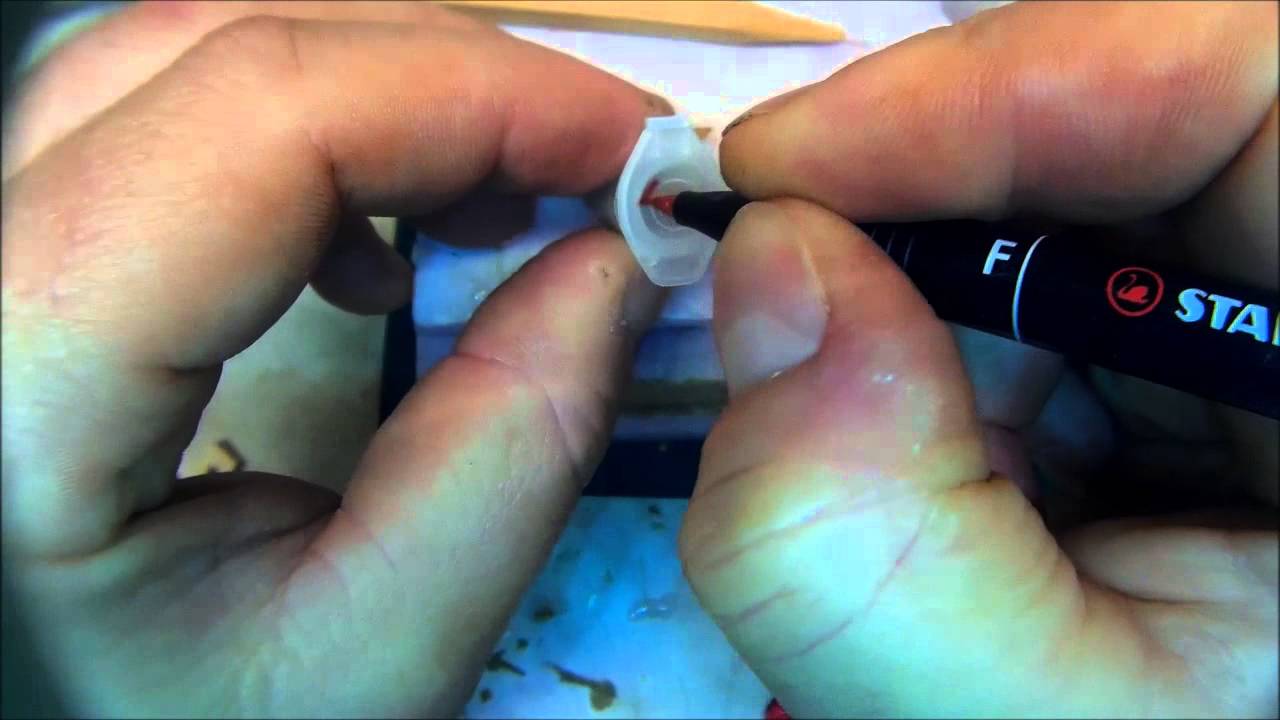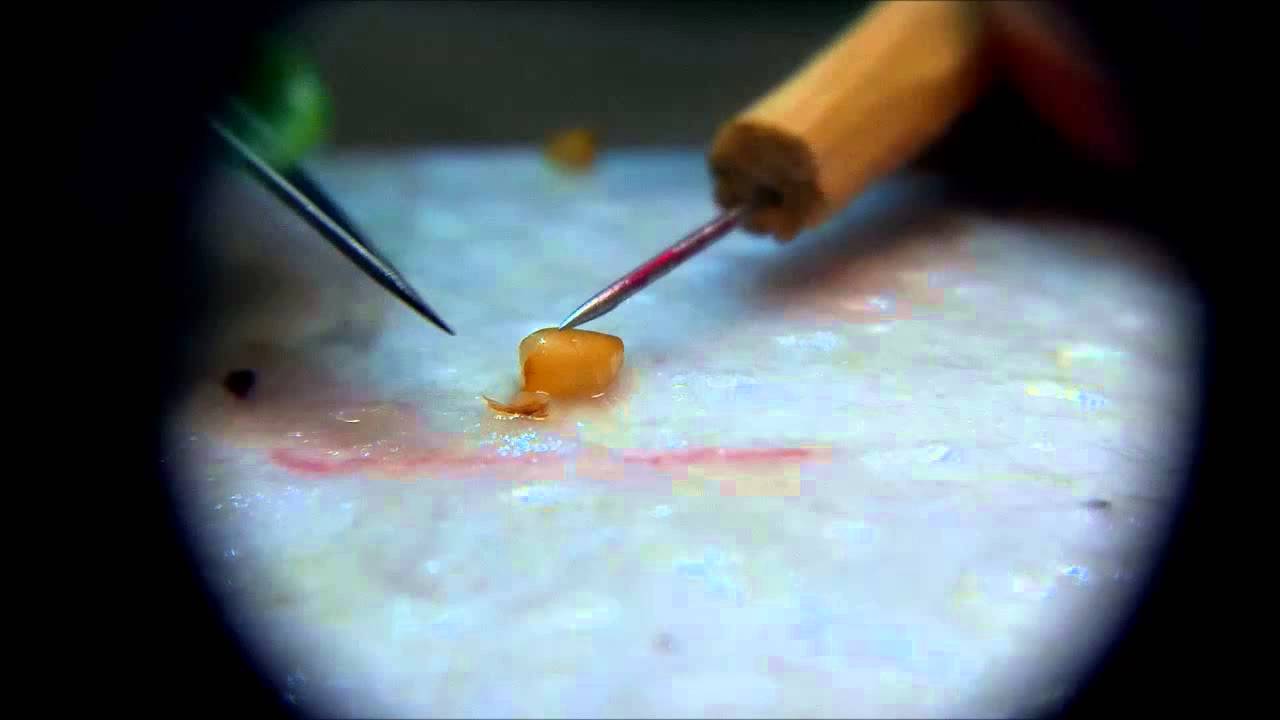Here is a video illustrating the extraction of embryos from rose seeds using fingernail clippers. The fuzzy focus is the best I could manage without a third hand but hopefully it will be useful anyway. I’ll try to improve on it as the season progresses.
Thank you Don!
I’ll need to sharpen my nail clipper!
Thank you, Don! It helps a lot to actually see it in action. I’ve been practicing on any OP hips I can find, but I’m still smashing lots of embryos. However, I did discover yesterday that my neighbor’s mystery miniature rose produced TONS of twins this year – every third or so seed contained twins, from multiple hips. It was amazing.
Great video, Don!
I collected 1-2 OP hips this fall just to experiment with embryo extraction.
I also plan to test some seeds where I do not clip all the way, but partially expose the embryo to see if germination rates are better that way.
Cathy
Central NJ
This technique has saved me many a difficult cross, thank you Don.
Coincidence…just had the autoclave running last night to prepare for treatments today! johannes
Warren I have pict. Of this also on my Prunus but at a more mature stage.
I’m trying this as well, Cathy, with a couple of seeds. Will be interesting to see what comes of it.
Well, of the seven seeds I “partially extracted,” one has already germinated a week later. I guess the question now is, did clipping away most of the seed coat (leaving the ring fibers mostly intact along with some of the fibrous layer) actually speed the process along or was it about to germinate on its own anyway? They’d been cold stratified for exactly seven weeks by that point.
Hi everyone,
If I can just digress a little. I search the forum for "mechanical abrasion"of rose seeds, nothing came up.
In line with what Cathymess said above. Has anyone ever tried to agitate rose seeds in a drum with
abrasive aggregate to speed up water intake, thus germination?
chuckp
Great demonstration Don, is it also important to remove the covering around the kernel and when all is done what media do you place them to germinate.
Warren
when all is done what media do you place them to germinate.
On towelettes wetted with peroxide solution in baggies. The procedure is outlined in a manual available as a download from your RHA membership account page.
Has anyone ever tried to agitate rose seeds in a drum with abrasive aggregate to speed up water intake, thus germination?
Totally unnecessary. Seeds are plenty able to pass water to embryos without scarifying. The real key is to soak them with very cold, highly oxygenated water then stratify at a very cold temperature and, when the time comes, to warm them just enough to trigger germination and don’t drown them with water at too warm a temperature.
Sterilize any soil that your seeds will touch using steam because microbes can lunch on dormant embryos with impunity.
Also, it’s important to understand that a great many of your seeds have no embryos in them, and many more have embryos that are not viable (either dead or genetically doomed).
Yes, I can confirm that the pericarp is very permeable to water. Until now I had only practiced with dry seeds. Recently after some practice I could open them well and didn’t damage hardly any embryo. The light brown testa held the embryo together an protected it.
Now I have tried to open my seeds from planned crossings. I stored them in moist perlite in the refrigerator. They are so swollen that I unfortunately damaged all embryos. The brownish testa is no protection anymore. When I try to open the seeds the testa ist also damaged and the embryo comes out broken or fallen in parts when I try to put away more of the pericarp.
Now I do not know what to do. I’m afraid to dry out again the seeds already stratified. I suppose that’s not good for the embryo inside. On the other hand I really want to germinate my big Lady Hillingdon CI - seeds. I just have a few of them and don’t want to risk to destroy them. But I assume, just by normal sowing they won’t germinate. I have heard that very thick large seeds germinate poorly. Is that true? Would it help if I removed a bit of the pericarp, especially along the sutures? Perhaps they would germinate easier then?
Bettina, it is possible to extract your imbibed embryos. Sharpen the clippers and go slow.
I can’t say whether drying them out would harm them but I personally would either plant them or extract them now.
Thank you Don,
the clipper is sharp. I worked very careful and slow. This year I’ll sow them normally. Next year I know better and store them dry like werner does too. It’s very much easier with dried seeds.
Today I found a big seed that opened up itself in the baggy. It was from Sissi Cl. That gives me hope, that the big Lady-Hillingdon-Seeds will also be able to germinate by themselves.
Thank you, Don! It helps a lot.
thank you Don
I think this link maybe useful to beginners : http://rosebreeders.org/embryoculture.pdf
I recently published a few videos on embryo extraction. Nothing really new, but some might find them useful
Werner
Excellent, thanks Werner. I especially like the gravel tubes. Are those Eppendorfs?
If anyone wants to save these for offline use the website http://en.savefrom.net/ offers a video download service at no charge and also provides a browser plugin that embeds a download link whenever you are viewing videos. It works well with youtube which doesn’t othewise allow you to save videos.
Thank you Don!
Yes those are 1,5ml Eppendorf tubes.Works great for me. Of course you can’t keep the seedlings long in these tubes.

